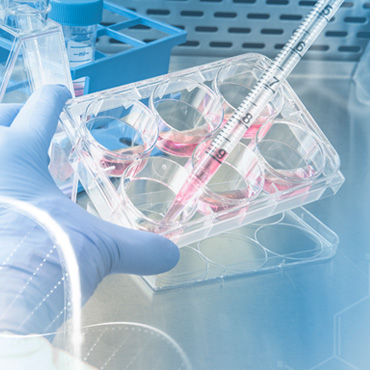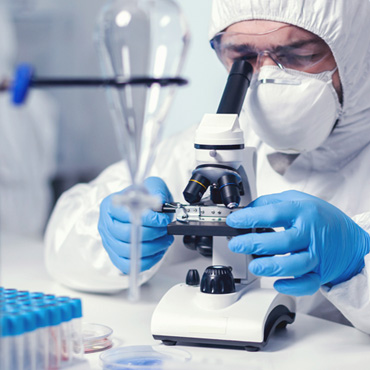Our clinical and translational research in human trial experiments, on the effect of LSCs has been confirmed, that by transplanting LSCs into the emphysema model patients, can effectively reduce the severity of emphysema and improve the survival of afflicted patients. Other studies have shown that all-trans-retinoic acid (ATAR) may activate the endogenous stem/progenitor cells in the lung that result in lung structural regeneration.
While research in this area is still ongoing and clinical applications are limited, here are some ways stem cells are being explored for COPD treatment:
a) Regeneration of Lung Tissue: One approach involves using stem cells to regenerate damaged lung tissue. Mesenchymal stem cells (MSCs) derived from various sources, such as bone marrow or adipose tissue, have shown promise in preclinical studies. These cells have the ability to differentiate into different cell types and release various factors that can promote tissue repair and reduce inflammation in the lungs.
b) Anti-inflammatory effects: Stem cells have immunomodulatory properties that can help reduce inflammation in COPD. They can suppress the activity of immune cells involved in the inflammatory response, such as T cells and macrophages, thereby reducing tissue damage and improving lung function. c) Enhancement of Lung Repair Mechanisms: Stem cells may stimulate the body's natural repair mechanisms by releasing factors that promote the growth of new blood vessels (angiogenesis) and the production of new lung cells. This can help improve lung function and alleviate symptoms of COPD.
d) Reduction of Fibrosis: COPD is often associated with lung fibrosis, where excessive scar tissue forms in the lungs. Some studies have suggested that stem cells can inhibit the progression of fibrosis and promote the regeneration of healthy lung tissue.
1) hLSCs (human lung stem cells): hLSCs refer to the cells that can differentiate into functional lung tissues under specific conditions and play an important role in maintaining lung tissue renewal and repairing lung injury. They can be isolated from lung tissue and have similar cell surface markers with other stem cells. The difficulty of obtaining human lung tissue significantly limits studies of this type. Nevertheless, lung stem cells (LSCs) may be involved in alveolar homeostasis and post-injury repair and may need to be considered as a potential tool or target when referring to stem cell therapy.
Major Cell Types Found In The Lungs
Epithelial cells:These cells line the airways and are responsible for gas exchange. They form a protective barrier and help in the filtration, humidification, and warming of inhaled air. Epithelial cells also produce mucus to trap foreign particles and have cilia that move the mucus upward, aiding in its clearance.
Endothelial cells:
These cells line the blood vessels in the lungs. They play a crucial role in the exchange of oxygen and carbon dioxide between the blood and the air in the alveoli.
Alveolar cells:
The alveoli are tiny air sacs in the lungs where gas exchange occurs. Alveolar cells include two main types:
a. Type I alveolar cells (pneumocytes): These cells are thin, flat cells that make up the majority of the alveolar surface area. They are involved in the diffusion of gases (oxygen and carbon dioxide) between the air and the bloodstream.
b. Type II alveolar cells (pneumocytes): These cells secrete surfactant, a substance that reduces surface tension in the alveoli, preventing their collapse during exhalation. Type II cells also have a role in the immune response by producing various immune factors.
Macrophages
These are immune cells present in the lungs and are responsible for engulfing and eliminating pathogens, dust particles, and other foreign substances. Macrophages play a vital role in maintaining lung health and preventing infections.
Fibroblasts:
These cells are involved in the production and maintenance of the extracellular matrix, which provides structural support to the lung tissue. Fibroblasts are also responsible for wound healing and tissue repair.
Smooth Muscle Cells:
Smooth muscle cells are present in the walls of the airways (bronchioles) and play a role in regulating airway diameter and airflow. They can contract or relax, influencing the resistance of the airways.




